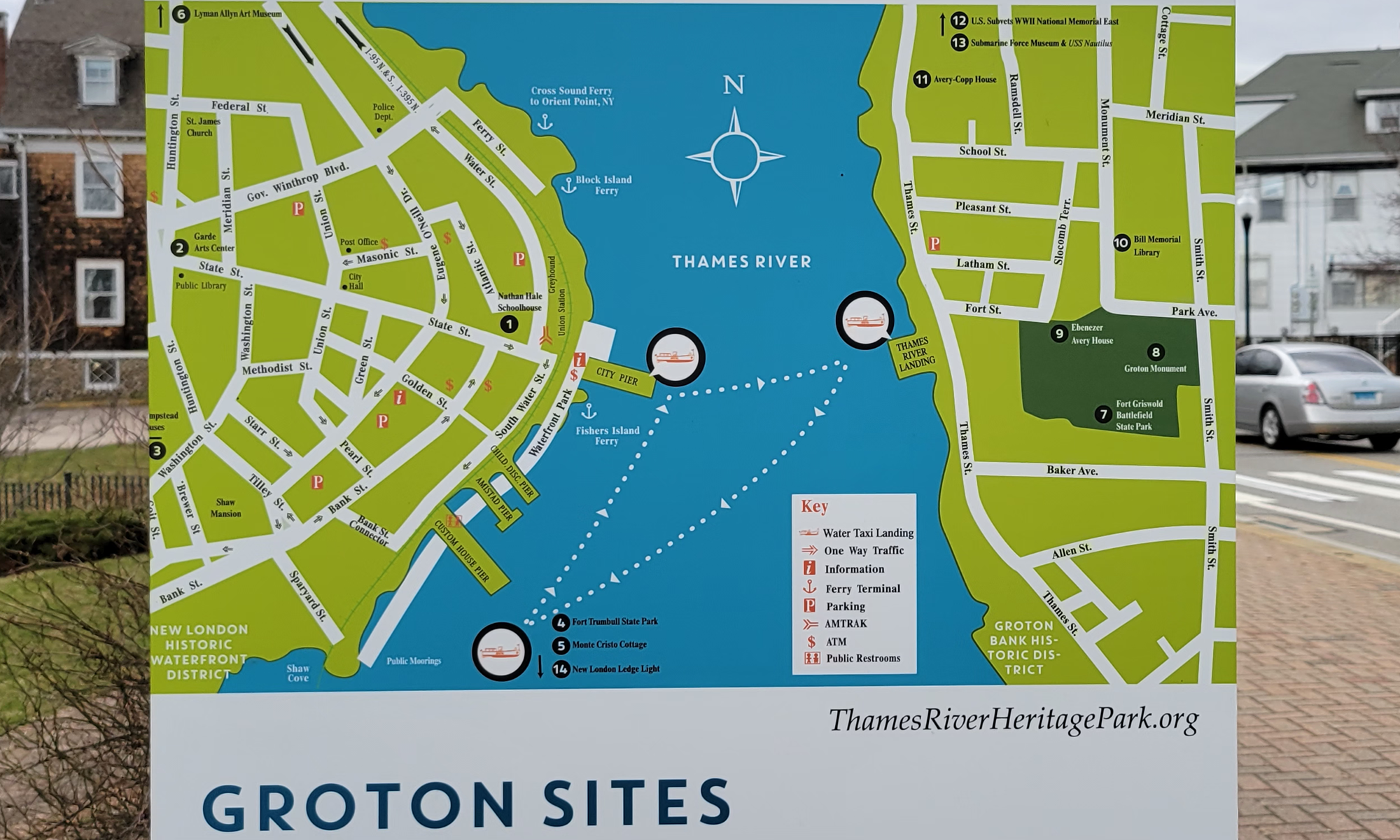Lesson #1 “MY PEOPLE”. “THOSE PEOPLE”.
If you describe or even consider yourself as a member of an ethnic group and believe that in any way your ethnic group is better than any other ethnic group be it for cultural pride or disdain for other groups then you are thinking and speaking of the classification of races. The classification of races breeds racism it is the first step in justifying or denying your own racism.

Lesson #2 COMMUNITIES
The use of the word “communities” and how it replaces the use of neighborhood or part of town is a subtle yet equally vile form of segregation. It implies real boundaries exist among a multi-cultural America. If you feel the need for boundaries you are either protecting or excluding. Rather than saying “…the Chinese part of town or the Latino part of town, it sounds more polite to say the Asian community, the Latin community.
It is all encompassing, states the obvious that all African Americans simply belong to a massive American neighborhood. This makes it easy to apply the afflictions of an ethnic group to generic classification. It results in concepts such as since there is high crime in city centers and thereby in the so-called black community, the black people are inherently more criminal. The next fashion for the silent majority (believing themselves innocent of racism) is to assume that all black people (men in particular) are prone to criminality. The violence is obviously then the product of the black community. The bland acceptance of segregating Americans into so-called communities is then in itself racism.

Lesson #3 ETHNIC PRIDE
Celebration of tradition and cultural uniqueness is what makes a multi-cultural Nation so interesting and beautiful. However, the glorification of negative cultural conditions makes some members of ethnic groups self-hate. Self-hatred is racism against your own race. It creates anger as well as excuses for negative behavior. Just as we now call neighborhoods – communities, we now include poor boundaries that define areas of cities as so-called communities. In 50 years, they have been called, “the bad side of town”, “the ghetto”, “the hood” and now the so called “communities of color”.
An economically depressed boundary of our nation is still a ghetto. The profound injustice is in not seeing it for what it is. An embryo does not decide, prior to their existence to be wealthy, poor, Caucasian, or African and has no choice to be born a freedom loving American versus a North Korean Communist. When that baby grows up in the “bad side of town” their priorities should be to escape that bad side of town or make it into something that is not a bad side of town.
Beware the glorification of negative economic and targeted cultural circumstance. I once heard a young women describe herself as “ghetto fabulous” and I marveled at the stupidity of popular music performer’s lyrics about how heavy his chain was. “My chain heavy!” shouts Kanye West. A ghetto is a horrible place. Its occupants suffer less from white silence and die more often from the damages of poor health and the common destruction of mental illness. The ghetto is not fabulous. A heavy chain is simply a heavy chain. To believe it is anything more is RACIST.

Foster Johnson, June 6, 2020 – RIP George Floyd




